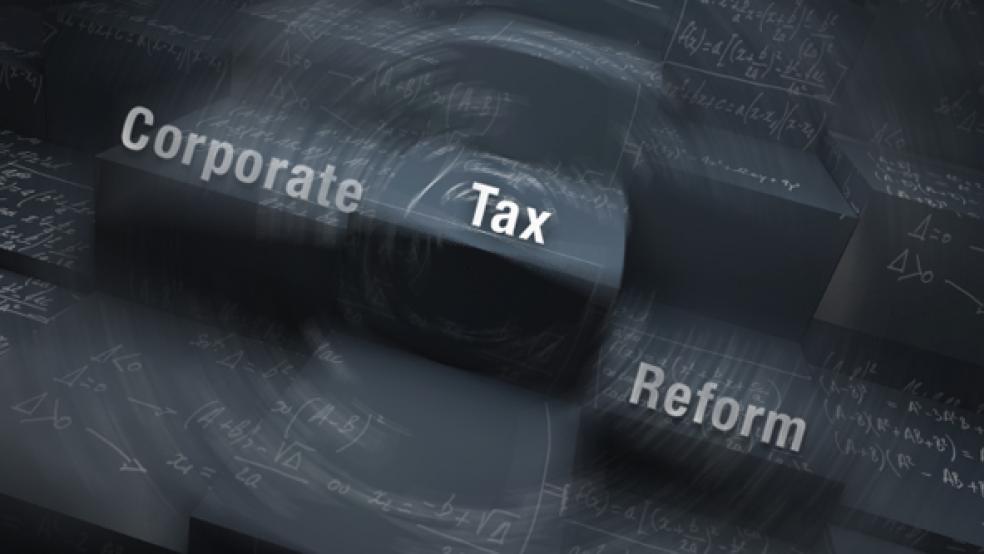The alternative minimum tax for businesses is one of the critical details that needs to be ironed out as Congress works to reconcile its competing tax bills. While the House version of the bill eliminated the corporate AMT, the Senate retained the tax at the last minute, freeing up roughly $40 billion over 10 years to pay for other cuts.
Both bills lower the top corporate tax rate to 20 percent, but the Senate’s retention of the AMT, also at 20 percent, raises the question of whether businesses would be able to use a range of valuable credits that could drive their effective tax rates even lower. Tax breaks for research and development are a particular concern, especially for large technology companies — in 2016, for example, Apple received an R&D tax benefit of $678 billion, according to The Wall Street Journal.
Business groups are pushing hard to ensure that the AMT is eliminated in the final bill sent to the White House. On Monday, the U.S. Chamber of Commerce led the charge, describing the AMT provision as a “bombshell” and an “antiquated anachronism” that needs to be repealed in full.
Like what you're reading? Sign up for our free newsletter.
Republicans in both chambers appear to agree. Ways and Means Committee Chair Kevin Brady said Tuesday the corporate AMT would undermine “many of the pro-growth and pro-American provisions in the tax code,” and Sens. Orrin Hatch and Rob Portman indicated that they would prefer to eliminate it. The problem is paying for it. “The money’s got to come from somewhere,” said Sen. John Cornyn.
Some experts are guessing that a resolution to the problem could involve raising the corporate tax rate to 22 percent in the final bill. While President Trump said this weekend that he’d consider the slightly higher rate, other Republicans insist that setting the corporate rate at 20 percent is their priority.




